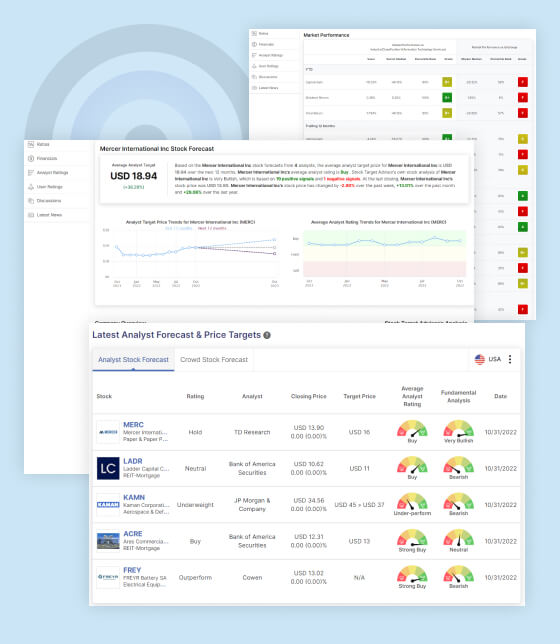Path to 5 Percent Interest Rate
James Bullard, president of the Federal Reserve Bank of St. Louis, stated that the Federal Reserve Bank of the United States ought to swiftly raise interest rates over 5% in order to ensure that price pressures are moderated.
Bullard stated on Thursday that “it would be appropriate to get there as soon as possible” in reference to the Fed’s goal of increasing interest rates to 5.1% this year, noting that the median projection of the Fed’s most recent forecast showed that policymakers favour raising rates to 5.1% this year.
After four consecutive adjustments of 75 basis points, Fed officials decided to reduce the pace of rate increases by increasing them by a half-point last month, bringing the target range of interest rates up to a range of 4.25% to 4.5%. According to predictions that were made public by Fed policymakers one month ago, they anticipate that interest rates would climb over 5% this year and remain at that level until 2024.
Following a slowdown in US inflation, policymakers are considering a further moderation in the pace of rate hikes; however, Bullard suggested that he’d like to keep the option of raising rates by a half percentage point at the Fed’s meeting on January 31 and February 1 on the table. This is because Bullard believes that the US economy is still in a position to support a rate hike of this magnitude.
He stated this while speaking at a virtual event that was held by the Wisconsin Bankers Association. “The Fed is going to have to maintain rates at high enough levels,” he said, in order to bring inflation down and keep it down. This is the only year in which Bullard will abstain from voting on monetary policy.
Following a slowdown in US inflation, policymakers are considering a further moderation in the pace of rate hikes; however, Bullard suggested that he’d like to keep the option of raising by a half percentage point at the Fed’s meeting on January 31-February 1 on the “The front-loading policy has served us well and would continue to serve us well, going forward. In answer to a question posed by a member of the online audience, he stated his opinion that “I honestly don’t see any value in dragging things out into 2023.” In addition, Bullard stated that in terms of the overall economy, it wouldn’t matter how quickly the Federal Reserve reached its target interest rate as long as officials “follow through” on the policy that they’ve signaled they intend to implement.
According to figures provided by the Labor Department, consumer prices increased by 6.5% over the course of a year ending in December, representing the slowest inflation rate in more than a year. The so-called core Consumer Price Index increased by 0.3% in the most recent month and was up 5.7% from a year earlier, marking the weakest pace since December 2021. These figures exclude the effects of price increases for food and energy.
Patrick Harker, president of the Philadelphia Federal Reserve, stated on Thursday morning, shortly after the release of consumer pricing data by the Labor Department, that increases in interest rates of a quarter of a percentage point “will be appropriate going forward.”
Effects of Another Increase?
A quarter percentage point increase in interest rates may help to moderate inflation by making borrowing more expensive, which can slow down spending and economic growth. However, it’s worth noting that interest rate changes can take a while to affect the economy and inflation, so it’s possible that a quarter percentage point increase may not be enough to significantly cool inflation.
Will 5 Percent Rate Affects Stocks?
A quarter point increase in interest rates can affect financial markets in several ways. Generally, an increase in interest rates can lead to a stronger US dollar, as higher interest rates make US assets more attractive to foreign investors. This can lead to a decline in the prices of commodities, such as oil and gold, which are typically priced in dollars. Additionally, higher interest rates can make it more expensive for companies and consumers to borrow money, which can slow down economic growth and lead to a decrease in stock prices.
However, it’s worth noting that financial markets have coped with much larger rate hikes over the past year, and this hike is more symbolic than having much of a policy affect. It could be that the reaching of % percent, may been seen as a cap on rate hikes, and the markets could respond in a positive manner, essentially a capitulation of a bearish stance.

STA Research (StockTargetAdvisor.com) is a independent Investment Research company that specializes in stock forecasting and analysis with integrated AI, based on our platform stocktargetadvisor.com, EST 2007.































